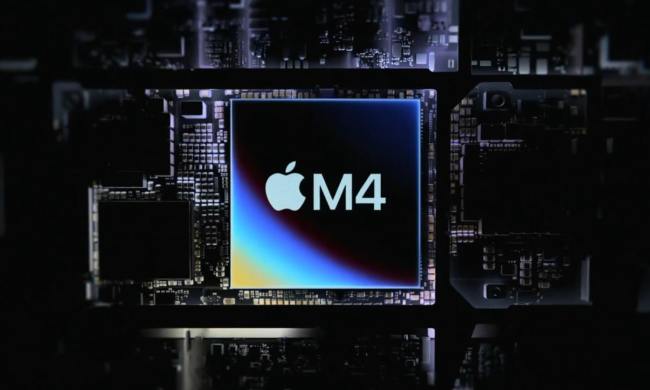
At a special event in Cupertino today, Apple unveiled a sweeping update to its MacBook, MacBook Air, and MacBook Pro lines that integrate a wealth of new technologies and design elements while keeping the systems at the same price points. However, the announcements might be just as notable for what Apple did not announce: confounding rumors, Apple did not unveil a sub-$800 notebook PC, and it did not significantly update its 17-inch MacBook Pros, leaving some folks to wonder how Apple plans to placate high-end users.
The new notebooks share some technological changes. Perhaps most obvious is a single, multitouch trackpad that features no mouse buttons. Or, rather, than entire trackpad is a mouse button: the trackpad sports a glass surface with a 39 percent larger tracking area than previous models, and the entire trackpad pushes down to act as a mouse button. Apple has also added new multitouch gestures to the larger tracking surface: in addition to one-finger taps, two-finger pinches and tracks, and even three-fingered slides, Apple now supports four-finger touch actions to active Mac OS X’s application switcher and Exposé feature. The new MacBooks also feature thin, LED-backlit displays and an aluminum unibody design—the rumored "Brick" design that features no folds or seams.
In addition, all the new MacBooks—Pro, Air, and standard—will ship with Nvidia GeForce 9400M graphics controllers, which apparently offers stellar graphics performance has has enough oomph to power Apple’s 30-inch Cinema LCD displays. The move is a significant step up from previous MacBook and MacBook Air models which used Intel integrated graphics.
In addition, the new MacBook Pros house a second Nvidia GeForce 9600M GT graphics controller. Presumably, the two graphics controllers let users have a low-power controller for everyday stuff and a high-performance controller for graphically-intensive video, games, or production work, the ability to offload computing tasks to GPUs is also a feature in Apple’s forthcoming Snow Leopard operating system, so the presence of a second GPU could be a significant performance boost in the future. The new MacBook Pros off 15.4-inch instant-on LED-backlit displays (which, sadly for anyone who works in strong light, will only be available with glossy displays) sport the same 2.4 and 2.53 GHz Intel Care 2 Duo processors as their predecessors. The new systems should be available immediately with with base configurations starting at $1,999 and $2,499.
The MacBook Air models will retain their 1.6 and 1.83 GHz processors, and they’re even thinner than the initial models, coming in at just 0.95 inches. The new Macbook Airs will also offer more storage capacities, with a 120 GB hard disk and a 128 SSD drive in the premium model, and gain a mini display port for connecting an external display. The new MacBook Airs should be available in November for $1,799 and $2,499 respectively.
The "standard" MacBooks still sport a 13.3-inch display and will ship in two basic models: one with a 2 GHz Intel Core 2 Duo processor, 2 GB of RAM, 160 GB hard drive, and a slot-loading SuperDrive for $1,299. The second model will cost $1,599 and offer a 2.4 GHz processor, a 250 GB hard drive, and a backlit keyboard. A 320 GB hard drive and a 128 GB SSD drive will also be available as options, along with a dual DVI video option. Apple is also leaving a lone, white 2.1 GHz plastic MacBook at the bottom of the product line at $999. Curiously, Apple has removed FireWire 400 from the MacBook line, leaving only USB 2.0. The MacBook Pro line retains a FireWire 800 port. The development will surely be a disappointment to many existing Mac owners who already own FireWire peripherals.
One curiosity of Apple’s notebook announcements is that the company did not include an update to its 17-inch MacBook Pro models. Apple will keep the current 17-inch models on sale, although the stock configurations will gain a 320 GB hard drive and 4 GB of RAM by default.
Apple also introduced a new 24-inch LCD Cinema Display with a native 1,900 by 1,200 pixel resolution that should be available in November. The new display includes a 3-port USB 2.0 hub, an integrated iSight camera, and stereo speakers and a MagSafe adapter for powering a MacBook computer.


